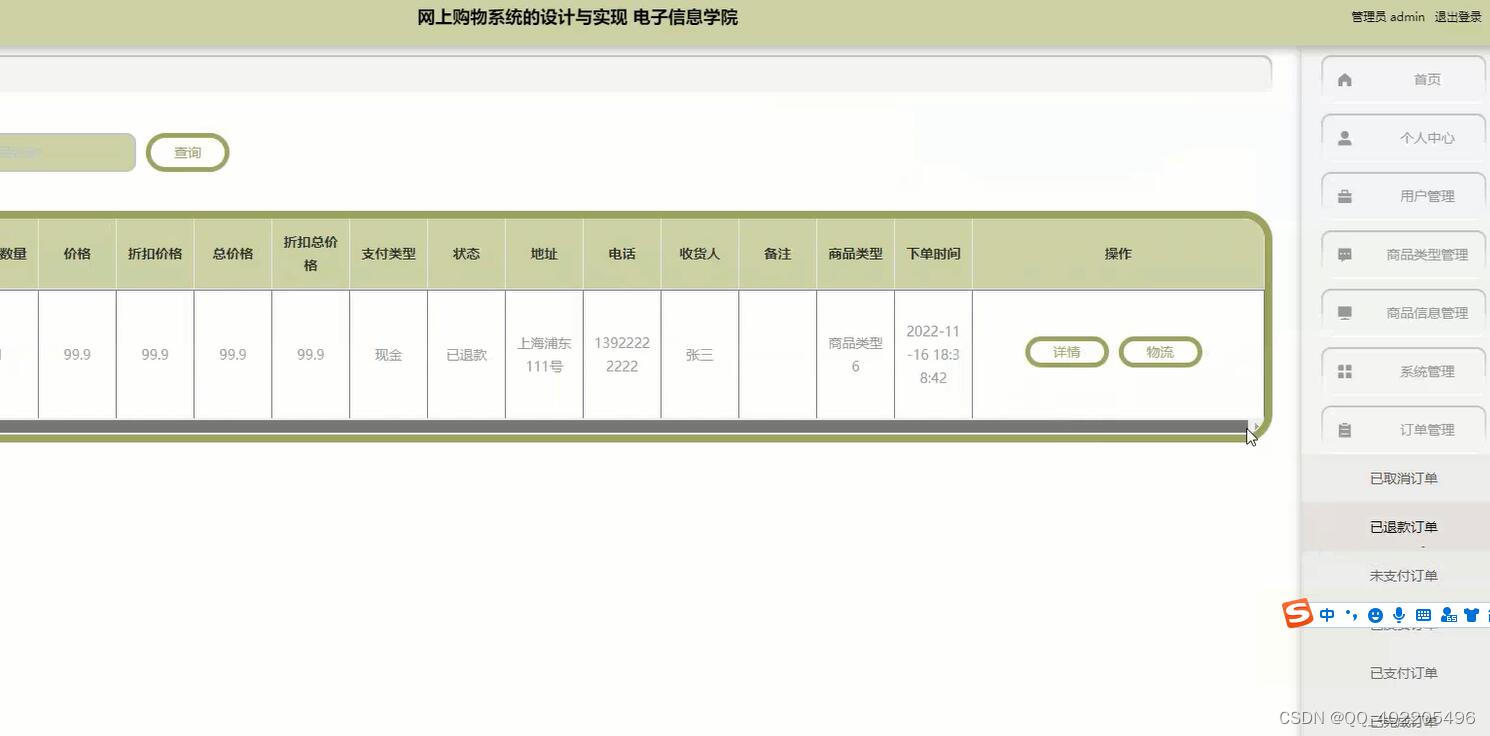一:Python调用C语言场景
1,已经写好的C语言代码,不容易用Python实现,想直接通过Python调用写好的C语言代码
2,C比Python快(只是从语言层面,不能绝对说C程序就是比Python快)
3,想直接调用C语言丰富的库
二:Python的CTypes库
1.SWIG,编写一个额外的接口文件来作为SWIG(终端工具)的入口

三:实战
1,调用C语言的函数
2,调用C语言返回值是指针的函数
声明:本站所有文章,如无特殊说明或标注,均为本站原创发布。任何个人或组织,在未征得本站同意时,禁止复制、盗用、采集、发布本站内容到任何网站、书籍等各类媒体平台。如若本站内容侵犯了原著者的合法权益,可联系我们进行处理。








